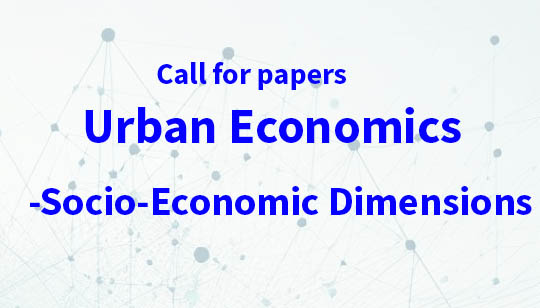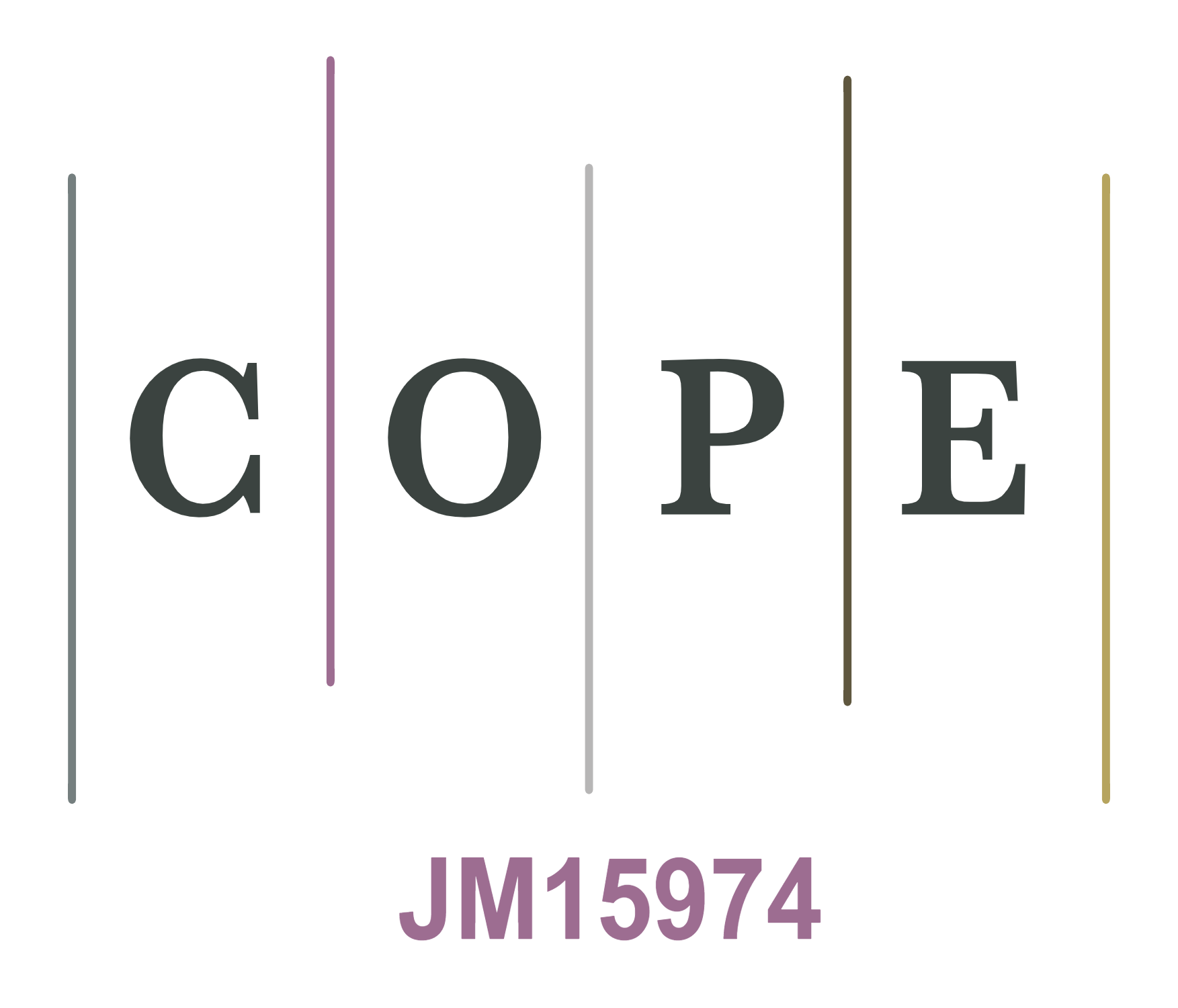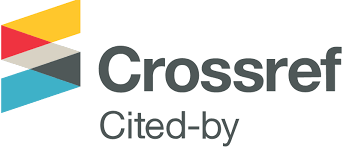Evaluating the Discontinuation of India’s Supply-Side Affordable Housing Policy for Slum Redevelopment Through Frank Fischer’s Lens
DOI:
https://doi.org/10.25034/ijcua.2025.v9n1-16Keywords:
In-Situ Slum Redevelopment, Affordable Housing, Post-Occupancy Evaluation, Policy Discontinuation, Frank Fischer FrameworkAbstract
India’s In-Situ Slum Redevelopment (ISSR) vertical of the Pradhan Mantri Awas Yojana-Urban was terminated in September 2024 after delivering barely one-quarter of its sanctioned dwellings. This study interrogates that discontinuation through Frank Fischer’s four-tier public-policy framework, integrating secondary data, national audits and 109 household surveys across four ISSR sites in Ahmedabad. Contextual analysis confirms that ISSR targeted a genuine housing deficit in agglomerated labour markets, yet technical verification reveals only 23 % completion and persistent infrastructure gaps. Situational validation highlights post-occupancy cost spirals, dysfunctional resident-welfare associations and a statistically significant link (χ² = 53.4, p < 0.001) between governance quality and maintenance-fee compliance. Societal vindication exposes vertical “poverty traps”: 62 % of households face higher living expenses and 41 % report lost informal livelihoods. Ideological review finds the developer-led model over-estimated land-value capture and under-valued community stewardship, echoing global evidence from Jakarta and Cairo. The study concludes that ISSR’s failure stems from misaligned economic incentives, weak institutional capacity and neglect of behavioural adaptation. Re-imagined supply-side programmes must pair incremental upgrading and portable subsidies with enforceable post-occupancy governance to preserve agglomeration benefits while ensuring social equity. Findings offer transferable lessons for secondary Indian cities planning future slum-housing interventions.
Downloads
References
Agarwalla, A., & D’Souza, E. (2021). The economic imperative: Cities need migrants. The Indian Economic Journal, 69(3), 377–391. https://doi.org/10.1177/00194662211013233 DOI: https://doi.org/10.1177/00194662211013233
Ahmedabad Municipal Corporation. (2017, February). Housing for All Plan of Action (HFAPoA). Gujarat Institute of Development Research. ahm.gujarat.gov.in
Bai, X., Xie, Z., & Dewancker, B. J. (2022). Exploring the factors affecting user satisfaction in poverty-alleviation relocation housing for minorities through post-occupancy evaluation: A case study of Pu’er. Sustainability, 14(22), Article 15167. https://doi.org/10.3390/su142215167 DOI: https://doi.org/10.3390/su142215167
Bertaud, A. (2018). Order without design: How markets shape cities. MIT Press. https://doi.org/10.7551/mitpress/10671.001.0001 DOI: https://doi.org/10.7551/mitpress/10671.001.0001
Bertaud, A. (2023, July 14). Cities are primarily labour markets [Interview]. Discourse Magazine.
Celhay, P. A., & Gil, D. (2020). The function and credibility of urban slums: Evidence on informal settlements and affordable housing in Chile. Cities, 99, 102605. https://doi.org/10.1016/j.cities.2020.102605 DOI: https://doi.org/10.1016/j.cities.2020.102605
Contractor, K. (2019, November). The hidden costs of “in-situ” slum redevelopment in Mumbai (Penn IUR Series on Informality). University of Pennsylvania, Penn Institute for Urban Research. https://penniur.upenn.edu/uploads/media/01_Contractor.pdf
Duangputtan, P., & Mishima, N. (2024). Slum housing upgrading strategies: a case study of Kampaeng Ngam informal settlement along Mae Kha Canal in Chiang Mai historic city. Journal of Asian Architecture and Building Engineering, 1–18. https://doi.org/10.1080/13467581.2024.2407590 DOI: https://doi.org/10.1080/13467581.2024.2407590
Fischer, F. (1999). Evaluating public policy. Chicago, IL: Nelson-Hall.
Government of Gujarat. (2023, August 4). Letter to Ministry of Housing & Urban Affairs regarding PMAY-U sanction releases (Ref. No. 63320000). https://www.pmay-urban.gov.in/uploads/sanction-releases/2023-2024/64ccc0f2de0d2-Gujarat_63320000.pdf
Harish, S., & Raveendran, S. (2024). In situ redevelopment of slums in Indian cities: Closing a rent gap? Housing Studies, 39(9), 2165–2189. https://doi.org/10.1080/02673037.2023.2180494 ideas.repec.org DOI: https://doi.org/10.1080/02673037.2023.2180494
Hindman, M., Lu-Hill, O., Murphy, S., Rao, S., Shah, Y., & Zhu, Z. (2015). Addressing slum redevelopment issues in India (Dow Sustainability Fellows Programme report). University of Michigan Graham Sustainability Institute. graham.umich.edu
Kang, J., & Lyles, W. (2025). Understanding climate vulnerability and efficacy of cooling centers in urban “slum” housing neighborhoods: A case study of jjokbang-chon, Seoul, South Korea. International Journal of Disaster Risk Reduction, 121, 105407. https://doi.org/10.1016/j.ijdrr.2025.105407 DOI: https://doi.org/10.1016/j.ijdrr.2025.105407
Karmali, N. M., & Weng, X. (2022). Housing demand and affordability in India: Implications for housing policy (Policy Research Working Paper No. 10031). World Bank. https://openknowledge.worldbank.org/handle/10986/37402 DOI: https://doi.org/10.1596/1813-9450-10031
Khaire, M. (2023). Exclusion by design: A case study of an Indian urban housing subsidy scheme. Policy and Society, 42(4), 493–505. https://doi.org/10.1093/polsoc/puad015 DOI: https://doi.org/10.1093/polsoc/puad015
Mahadevia, D., Bhatia, N., & Bhatt, B. (2018). Private Sector in Affordable Housing? Case of Slum Rehabilitation Scheme in Ahmedabad, India. Environment and Urbanization ASIA, 9(1), 1–17. https://doi.org/10.1177/0975425317748449 DOI: https://doi.org/10.1177/0975425317748449
Mahadevia, D., Bhatia, N., & Bhonsale, B. (2014). Slum rehabilitation schemes (SRS) across Ahmedabad: Role of an external agency (CUE Working Paper No. 27). Centre for Urban Equity, CEPT University.
Ministry of Housing and Urban Affairs. (2023, March 17). Evaluation of implementation of Pradhan Mantri Awas Yojana (Urban). Standing Committee on Housing and Urban Affairs, Government of India. prsindia.org
Ogbonna, S. N., Ochie, C. N., & Aniwada, E. C. (2024). Urban slum housing quality, and its public health implications in Nigeria: a case of urban slum residents in Enugu metropolis, South East, Nigeria. BMC Public Health, 24(1). https://doi.org/10.1186/s12889-024-20764-7 DOI: https://doi.org/10.1186/s12889-024-20764-7
Padawangi, R. (Ed.). (2018). Routledge handbook of urbanization in Southeast Asia. Routledge. https://doi.org/10.4324/9781315562889 DOI: https://doi.org/10.4324/9781315562889
Ratnasari, A., & Sudradjat, I. (2023). Case study approach in post-occupancy evaluation research. ARTEKS: Jurnal Teknik Arsitektur, 8(3), 427–434. https://doi.org/10.30822/arteks.v8i3.2584 DOI: https://doi.org/10.30822/arteks.v8i3.2584
Riley, E., Fiori, J., & Ramirez, R. (2001). Favela-Bairro and a new generation of housing programmes for the urban poor. Geoforum, 32(4), 521–531. https://doi.org/10.1016/S0016-7185(01)00016-1 DOI: https://doi.org/10.1016/S0016-7185(01)00016-1
Roy, D., & Kundu, R. (2024, August 9). Deconstructing PMAY-U: What the numbers reveal (CSEP Working Paper). New Delhi: Centre for Social and Economic Progress. csep.org
Shapely, P. (2017). Slum houses, slum dwellers and slum clearance. The Politics of Housing. https://doi.org/10.7765/9781526130686.00011 DOI: https://doi.org/10.7765/9781526130686.00011
Sharmin, T., & Khalid, R. (2022). Post-occupancy and participatory design evaluation of a marginalised low-income settlement in Ahmedabad, India. Building Research & Information, 50(5), 574–594. https://doi.org/10.1080/09613218.2021.2018286 DOI: https://doi.org/10.1080/09613218.2021.2018286
Social Housing and Mortgage Finance Fund. (2019, October). Egypt Social Housing Program [Conference presentation]. African Union for Housing Finance Conference, Cape Town, South Africa.
United Nations Human Settlements Programme (UN-Habitat). (2015). The state of Asian and Pacific cities 2015: Urban transformations—Shifting from quantity to quality. UN-Habitat. https://unhabitat.org/the-state-of-asian-and-pacific-cities-2015
United Nations Human Settlements Programme, Regional Office for Arab States, Egypt Office. (2020). Egypt housing strategy. UN-Habitat. https://unhabitat.org/sites/default/files/2020/09/egypt_housing_strategy.pdf
Upadhya, C., & Rao, D. M. (2022). Dispossession without displacement: Producing property through slum redevelopment in Bengaluru, India. Environment and Planning A: Economy and Space, 55(2), 428–444. https://doi.org/10.1177/0308518X221073988 DOI: https://doi.org/10.1177/0308518X221073988
Urban Development & Urban Housing Department, Government of Gujarat. (2020). Gujarat numbers for PMAY [Internal report]. Government of Gujarat.
Urban Development & Urban Housing Department, Government of Gujarat. (2024). Setting up slum re-development and affordable housing projects [Policy document]. Government of Gujarat.
Weinstein, L. (2014). The durable slum: Dharavi and the right to stay put in globalising Mumbai. University of Minnesota Press.
Published
Issue
Section
License
Copyright (c) 2025 Dhruv Tapadia, Tithi Soladhara, Shelly Kulsheshtra, Rishita Lunawat

This work is licensed under a Creative Commons Attribution 4.0 International License.






















